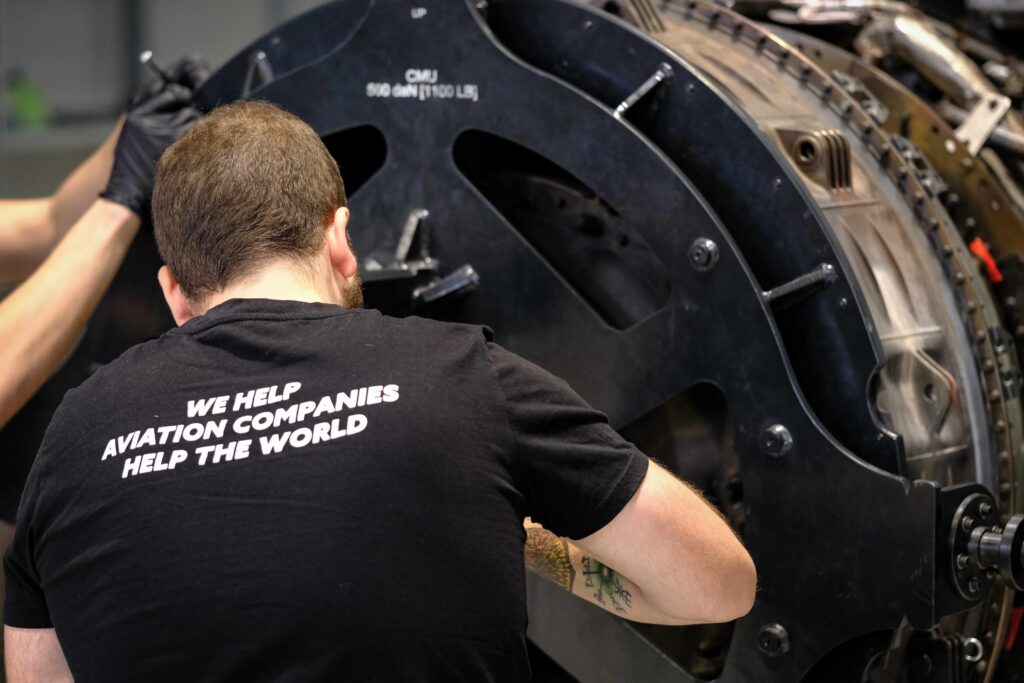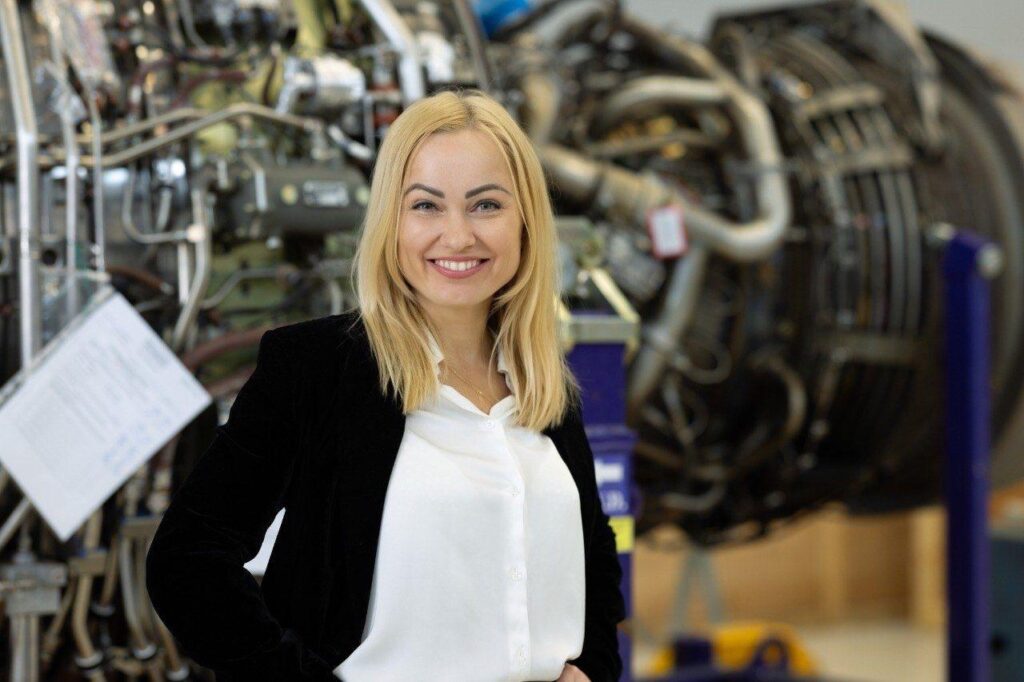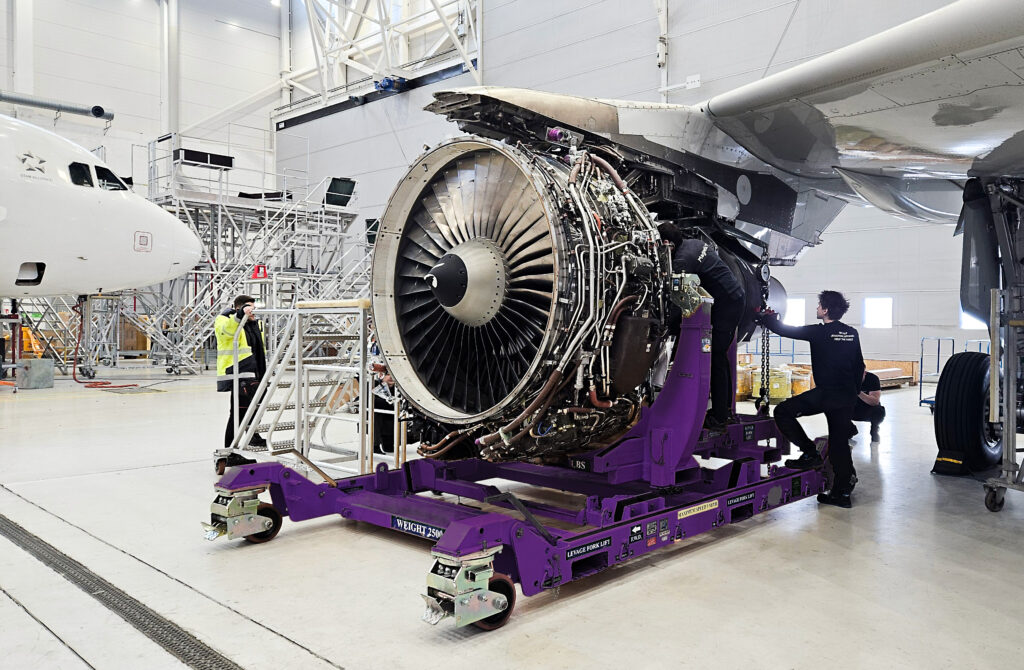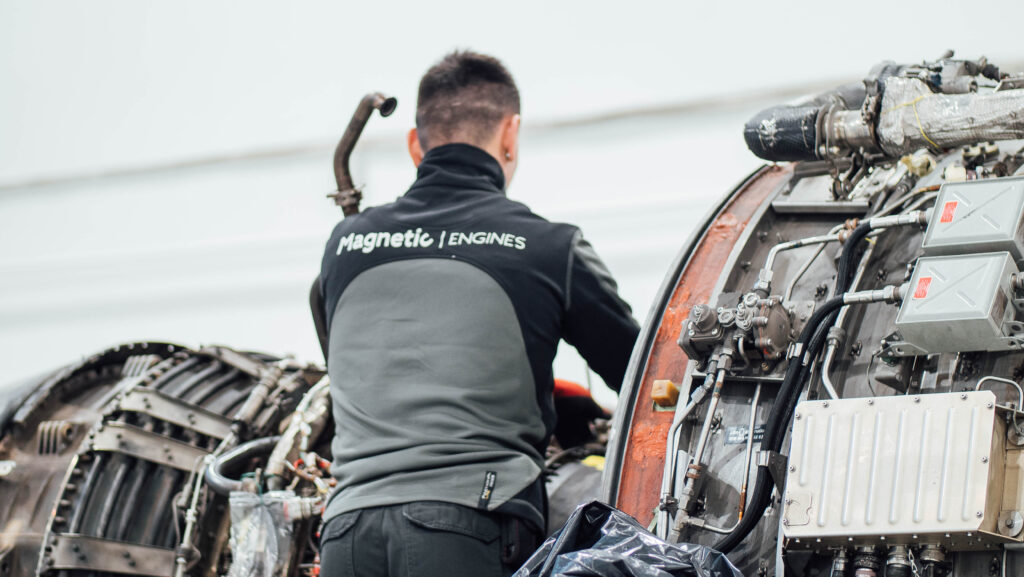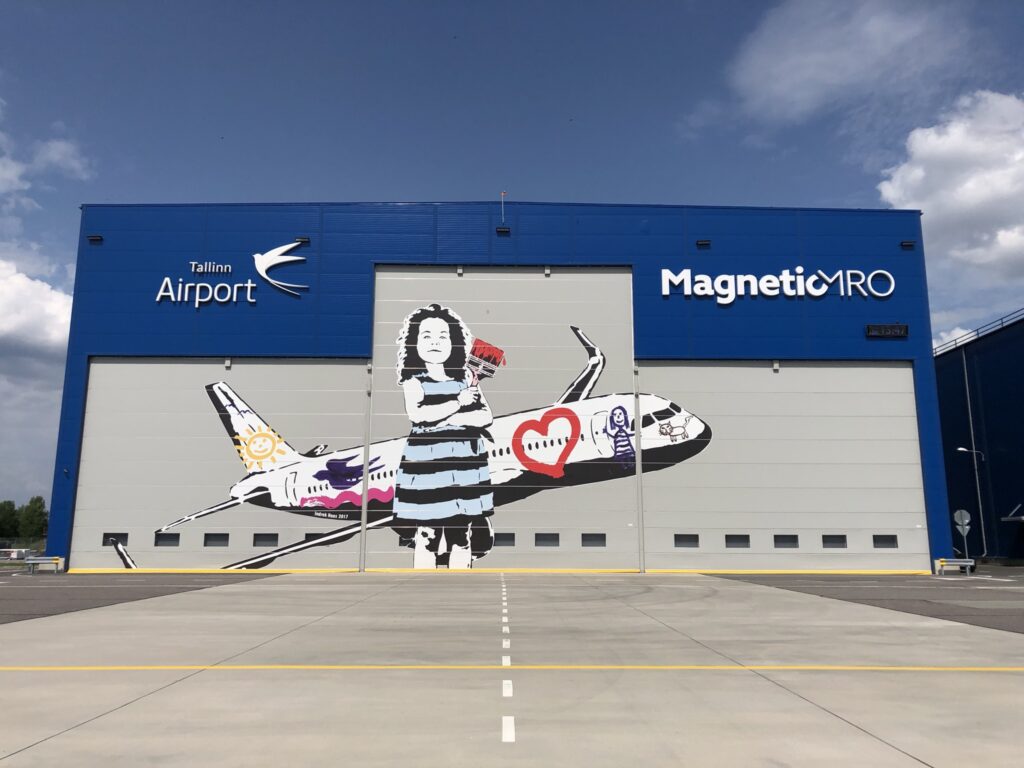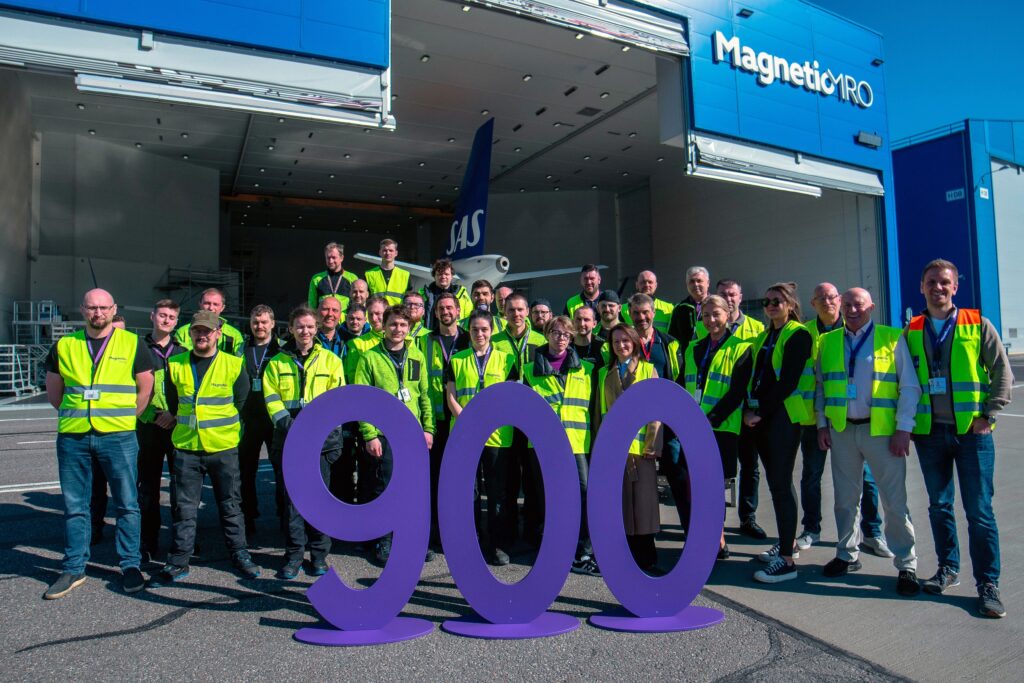Keeping costs low is one of the key questions in aviation. With regard to engines, there are multiple ways for companies to manage their material costs to achieve better financial results.
One of the keys in being able to manage material costs for engines comes from the technical side and planning in advance, as a lot of things can be predicted. Planning in advance for the whole period of engine utilisation in an operator’s fleet is very important. Following up on all details related to specific parts is the key. Engines flying in certain areas will go in for servicing more often, or they have manufacturer’s restrictions for premature parts replacement due to a harsh environment, for example, or some parts have higher scrap rates depending on the areas where they were operated, and so on. Being aware of all details and predicting what will happen at the next servicing is very important.
From a commercial perspective, purchase in advance – as parts are not available at every moment of time and in a lot of cases they should be bought in advance to avoid delays during engine servicing or higher costs that installation of a new part could bring.
There are also options for operators to reduce physical inventories and turn excess materials into revenue opportunities. Here the key factor is to analyse in detail what is really needed and in which quantity. No stock can lead to an AOG or a situation where servicing will be delayed or a higher price paid. Excessive stock leads to financial burdens, which is not needed. Detailed analysis of what is used, in which quantities, and when, is the key. After defining which part of stock is not needed, an operator can sell the remaining stock and get some revenue from it.
Another option is for an operator to team up with a vendor who offers some PHB coverage (can be full coverage on all engine-related components and engines themselves), and the operator would sell existing stock to the same vendor, but…as with any PBH, this solution does bring certain costs to the operator.
The most expensive part of engine servicing is the material. Depending on the engine type and the work that needs to be done on a specific engine serial number, the value of material can range between 70% and 90% of the whole servicing cost. But what kind of a role if any do items such as life-limited parts (LLP) and PMAs play in lowering these costs?
The situation with LLPs is very specific, since for most widely used engines such as the CFM56-5B, CFM56-7B and V2500-A5, there are very limited numbers of used LLPs on the market. This directs a lot of operators to install new LLPs in engines, even in situations when it is planned to assume that those parts will not be used till the end of their life, which increases the price of servicing significantly. LLP-related costs can range between 30% and 60% of the total cost of engine servicing.
In the table below, pricing for new LLPs for the most popular engines can be seen as follows:
| Core LLPs | All LLPs |
| CFM56-5B | $ 1.830.900 | $ 3.637.800 |
| CFM56-7B | $ 1.830.900 | $ 3.539.600 |
| V2500-A5 | $ 1.982.504 | $ 3.842.520 |
Note: Based on 2018 pricing.
And this pricing escalates from 4% up to 7.5% per year, depending on OEM and year.
Additionally, when used LLPs are installed very thoroughly, a “back to birth” check needs to be done with approval for installation both from the CAMO of the operator and the owner of the engine (if the engine is leased). This makes installation of used LLPs even more complicated since it’s possible that once they are actually approved, they will no longer be available to be bought.
If an operator can reach an agreement with the lessor through pre-approved and pre-bought used LLPs - long time before servicing - serious savings can be achievable. But, in these cases, there are questions about who will invest the money in advance.
Based on the above – ability of an engine shop to allocate and hold for a certain engine serial number that will come into repair in the future, a stack of LLPs that fits the build standard until all approvals are given can be huge advantage when an operator is choosing where engine will be repaired.
Based on the above – the ability of an engine shop to allocate and hold a certain engine serial number that will come for servicing in the future, a stack of LLPs that fits the build standard until all approvals are given can be a huge advantage when the operator chooses where the engine will be serviced.
The ability of an engine shop to guarantee the usage of overhauled condition airfoils like HPC Blades and Vanes, HPT Blades, HPT Vanes, HPT Shrouds, LPT Blades and Vanes, etc., as scrap replacement can also lower the cost of engine servicing significantly. For example, in 2018 the price of a CFM56-5B/7B HPT Blade is $14,470 per blade, meaning the whole set costs $1,157,600. In case a whole set goes to scrap and an overhauled condition set can be provided at 70% or 80% of a new part’s cost, it is possible that it can bring the cost down by $230,000 or even $350,000. In situations where an engine is in its last repair given the life cycle, these are huge advantages.
PMA material plays a much smaller role in engine servicing today compared to previous times. While on the CFM56-3, PW 4000 94” and CF6-80C2 engines there was a lot of PMA material connected with the hot section that could significantly decrease the price of engine servicing, for more advanced engines like the CFM56-5B, CFM56-7B and V2500-A5 PMA material of hot section airfoils is almost non-existent. Only an HPT Stg.2 Blade for the V2500-A5/D5 engine was developed but it was not widely used, as a very limited number of sets was installed. So excluding the CFM56-3, PW 4000 94” and CF6-80C2 engines there is no PMA solution that can bring the cost down. Moreover in the current market environment where more than 50% of the most distributed engines like the CFM56-5B/7B, V2500-A5 are leased – PMA parts are forbidden by the lessors. This is the main reason why nobody developed hot section PMA parts for these engine types.
The bottom line is that unless an engine is of an older type so the material is available, and owned by the operator or a flexible lessor, there is just no real PMA cost-saving solution.
There are a number of advanced engine material management systems being developed by engine OEMs and MROs. These systems are very good and if a real partnership exists between an operator and an OEM or MRO that has this sort of system – it can bring good results. In this case, the most important thing is for both sides to share data and to work as real partners. If not, the end result can be disappointing for both parties. Proper planning for LLP replacement or locating proper hot section parts in advance can bring several hundred thousands of dollars of savings to the operator per engine servicing.
Filip Stanisic
Head of Engine Management Department
Filip.Stanisic@magneticmro.com 




